Cross over to Chile! Come discover the beauty of Chile right on the other side of the border with Argentina.
By: Chile Travel - 28 August, 2021

If you are one of those people who live near the foothills of the Andes and are curious about the lands on the other side of the great mountains, or are tempted to see what there is along the border between Chile and Argentina by car in a few days, this information is for you. Cross over to Chile and see the beauty that waits for you right on the other side of the border with Argentina.
There are 4 border crossings between Chile and Argentina, surrounded by some of the most beautiful sceneries your eyes will ever see. These lead into valleys that you can visit in just a few days, and have the power to persuade you into continuing your trip along the mountain range between both countries. Both Chile and Argentina are beautiful territories that have completely different landscapes, as you will notice as soon as you cross the border in either direction.
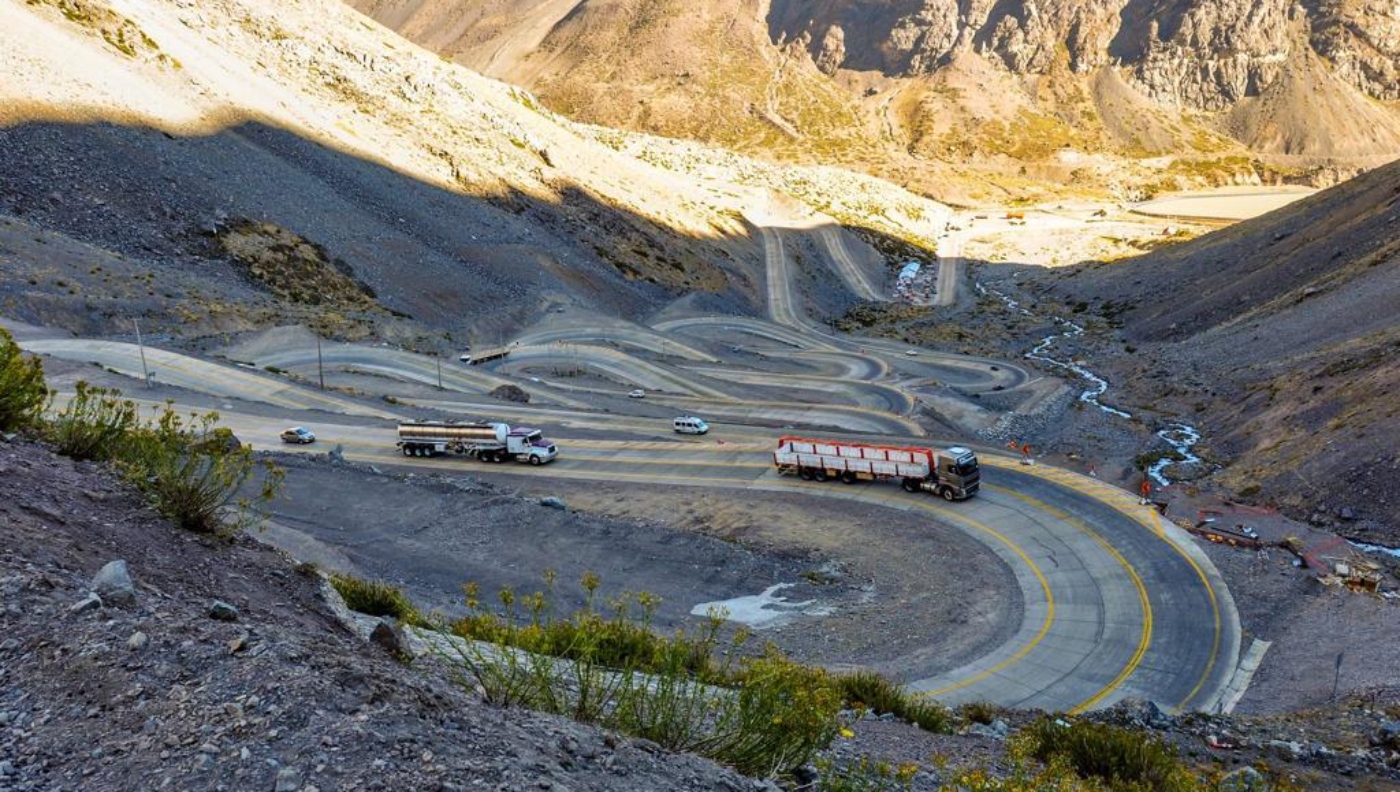
Los Libertadores (The Liberators), Agua Negra (Black Water), Paso Sico and Cardenal Samoré are the four border crossings between Chile and Argentina whose roads are in great conditions, and can be travelled safely. They are fascinating to cross because of their altitude in the mountains, the colors of the landscapes, the possibility of spotting mountain fauna and flora and for being the entrance into surprising Andean cultures.
-
– Paso Los Libertadores International Border Crossing
Mount Aconcagua, the first land port, the Portillo ski resort and the city of Los Andes
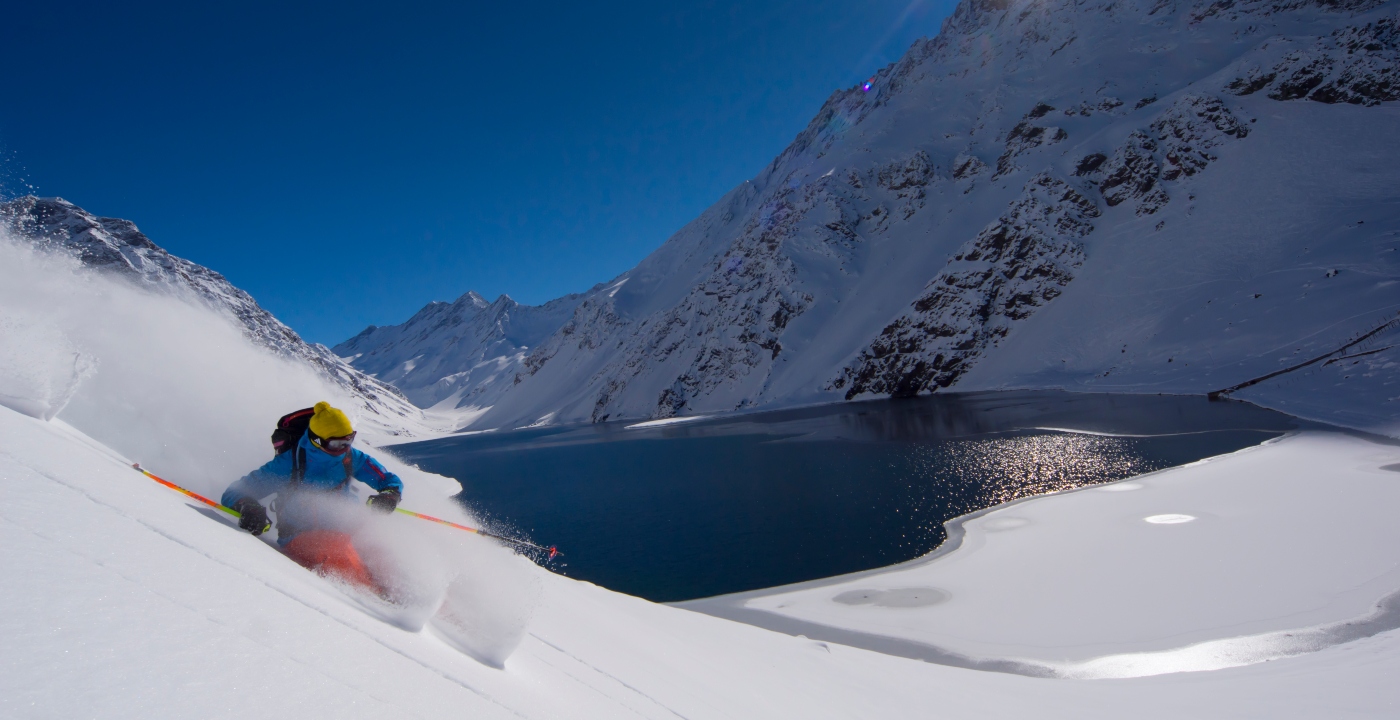
At 3,200 meters above sea level (10,500 feet), Los Libertadores is the main route between Los Andes, Chile, and the province of Mendoza, in Argentina. Although it is open every day of the year, in the winter it can close due to weather conditions.
As you cross over, the first great attraction here is the Cristo Redentor (Christ the Redeemer), a monument that´s 4 meters tall (13 ft), made by the Argentinean sculptor Mateo Alonso, and located at 3.854 m.a.s.l (12,644 fasl). It sits by the highest mountain in the Americas, Mount Aconcagua, and is the starting point from where hundreds of mountaineers from all over the world come every year to attempt the ascent of this magnificent summit elevation of 6,962 meters (22,837 ft.) above sea level.
For those who love skiing and snow, a mandatory stop is the Portillo Winter Center, one of the main ski resorts in the country and of the southern hemisphere. It is located in the middle of the Andes Mountain Range and sits at an elevation of 2,880 m (9,450 ft) above sea level and just a few miles from Los Libertadores.
This ski center, the oldest in South America, has a beautiful resort where visitors come to spend their winter vacations. In addition to the hotel, it also has cabins, restaurants, heated pools and 17 slopes for skiing, both for amateurs and experts. The impressive Laguna del Inca, a picturesque turquoise lagoon, is set in the center of this resort, although during the winter it is covered with thick ice. Portillo´s fascinating white landscape is full of stories and legends well worth discovering, and just a few hours away from Argentinean territory.
Continuing down one of the most winding routes in the world, towards the city of Los Andes, another amazing place if you are a fan of the mountains and its glaciers, is Parque Andino Juncal, an ecological conservation and sustainable tourism project. This protected area belongs to the Kenrick family, since 1911, and consists of 13,796 hectares whose landscapes will leave you breathless.
And in an hour’s drive down the road, while watching the flight of the condors if you are lucky, you will arrive to the city of Los Andes, the epicenter of the Aconcagua Valley. Here you can visit one of the most significant cultural landmarks of this place, Gabriela Mistral’s house in the “Coquimbito” area, where the national poet lived for about six years and wrote The Sonnets of Death. You can also visit the Historical and Archaeological Museum, the Ambrosio O’Higgins Park, the railway station that stands out because of the mural in the Hall that represents Chilean-Argentinean friendship.
The Aconcagua Valley offers a range of different enjoyments. Only seven kilometers from the city of Los Andes, one can relax at the Termas del Corazón Hot Springs, which offers spa treatments, thermal baths in 30ºC (86ºF) pools, a restaurant and a hotel. Now, if you are a wine lover, the Aconcagua Valley in generous in vineyards that you should definitely explore, to experience a day visiting wineries and, best of all, tasting the most excellent Chilean wines.
Another place that stands out in this beautiful valley is the Auco Sanctuary, dedicated to Chile´s Saint Teresa de Los Andes, a place of worship where more than 500,000 people go annually to venerate the first Chilean saint. The temple is dedicated to the Virgen del Carmen, where the mortal remains of the Carmelite nun are kept in her crypt. Pope John Paul II beatified her during his visit to Chile in 1987.
-
– Agua Negra International Border Crossing
Elqui Valley, La Serena y Coquimbo
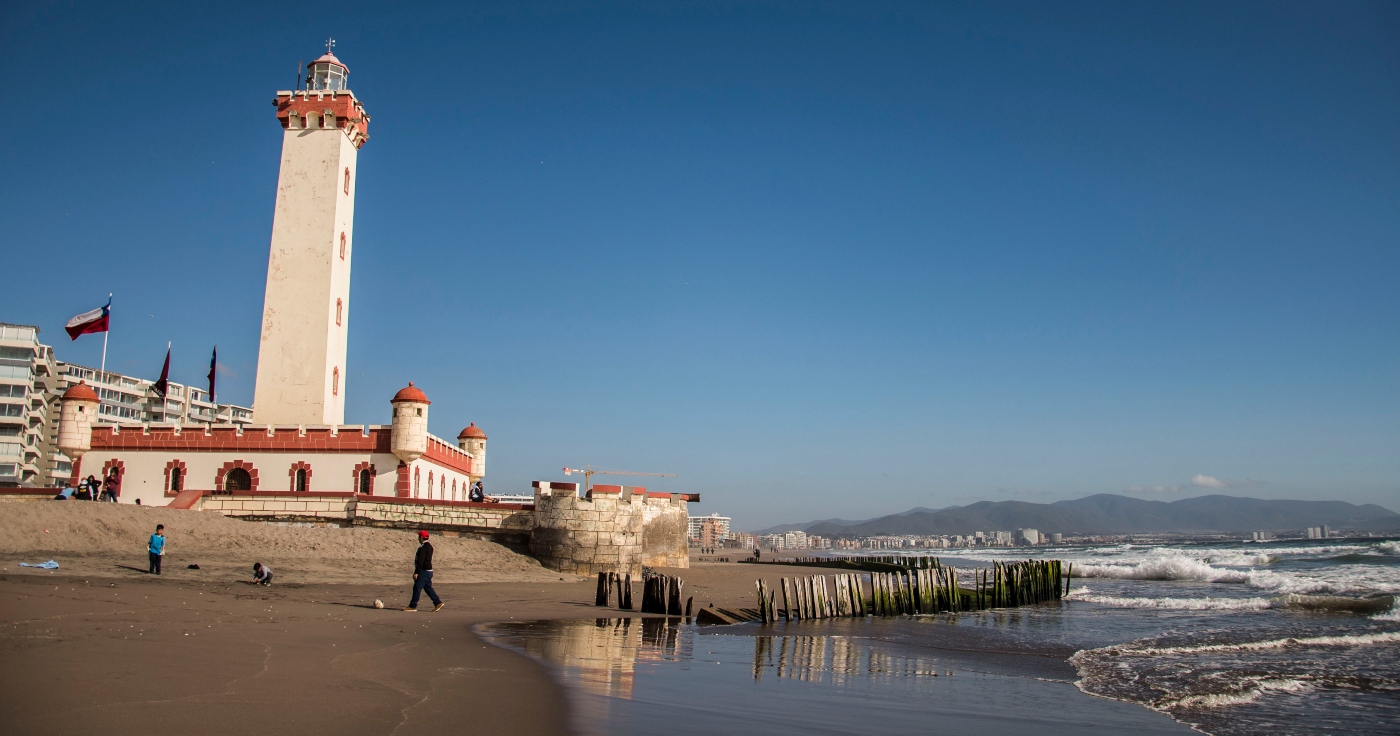
The Agua Negra International Border, also called Route 41-CH, is the route that crosses to Chile´s northern region of Coquimbo. It is a 232 km (144mi) route that connects the Pan-American Highway (Route 5) with the cities of La Serena, Coquimbo, Vicuña, Paihuano, the Elqui Valley and the Argentinean cities of Rodeo and San Juan. The border crossing is at 4,780 meters above sea level (15,682 ft.).
The route is paved until La Laguna Dam and the first valley you will encounter as you cross over into Chile from Argentina is the famous Elqui Valley, a captivating place for those interested in having a spiritual connection or for those seeking healing through alternative therapies, yoga and an abundance of mysticism. It has even been referred to as the new Tibet in South America.
However, beyond its spiritual airs, the valley has numerous attractions to suit different crowds. It is a popular place to go hiking, and for its astronomy, vineyards, archaeological sites, handicrafts and the town of Vicuña, birthplace of the illustrious national poet Gabriela Mistral.
The Elqui Valley is also the epicenter of Chilean pisco production, making it the ideal place to taste this distillate grape drink.
If you still have time to stay for a day or so, we recommend that you end the tour of this region by spending a day on the beach in La Serena, the second oldest city in Chile after Santiago. Its attractions range from excellent hotels, worldwide gastronomic alternatives, extensive beaches, shopping centers, historical tours and the proximity of the Elqui Valley and the city of Coquimbo.
The city´s historical area was declared a National Monument in 1981 and it includes 17 national monuments, houses, heritage buildings, palaces and churches. Another must-see In La Serena is the popular La Recova arts and crafts market, located a few minutes from the Plaza de Armas.
-
– Sico International Border Crossing
From Salta-Cafayate to San Pedro de Atacama
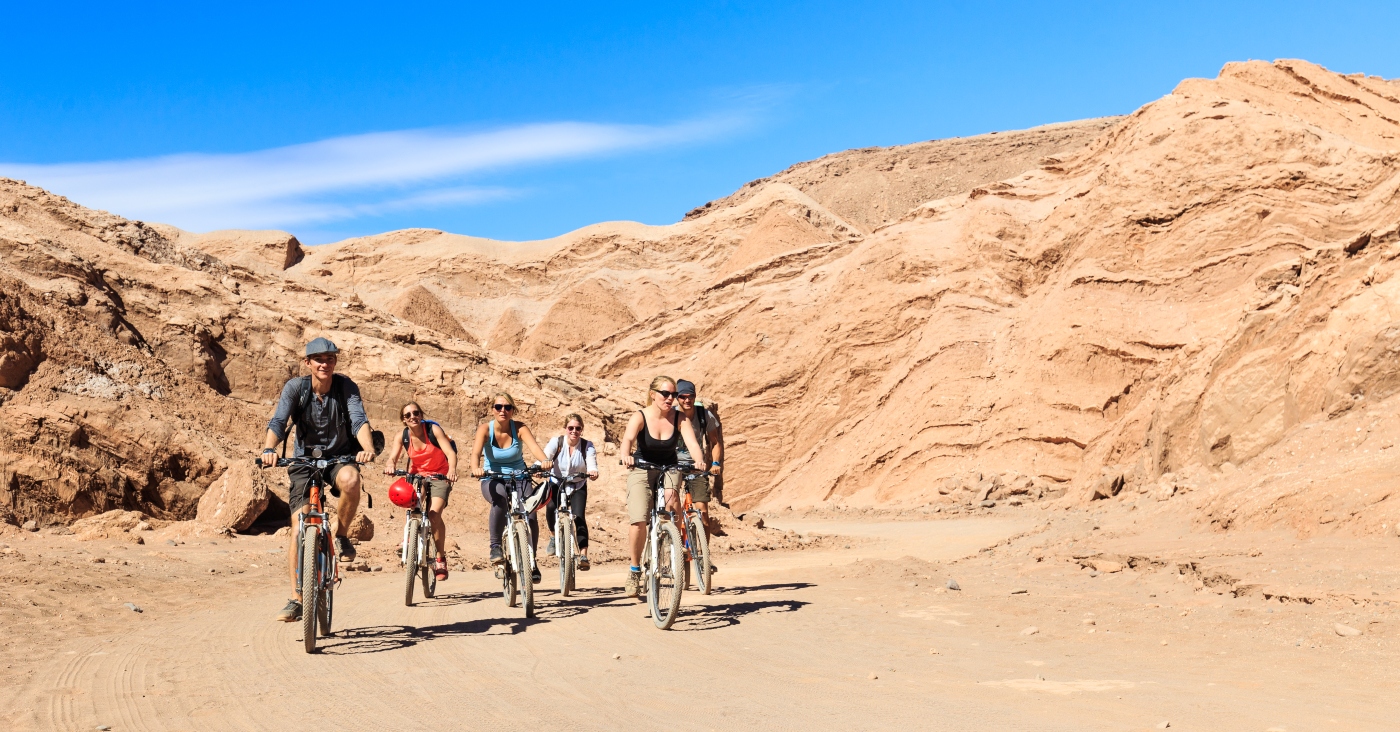
Acclaimed for its beauty, the Sico Border Crossing stands out for its wonderful colors and the shapes of its landscape. This crossing point passes across the mountains that connect Salta, in Argentina, with the Altiplano (highlands) of Antofagasta, in Chile. Its altitude exceeds the 4000 meters above sea level (13,123 ft.) and is approximately 280 kilometers (174 mi) from the city of Salta. It is accessed by the National Route No. 51.
The distance from the border crossing to San Pedro de Atacama is 208 km (229 mi), approximately a 4-hour drive. The road conditions are very good and we guarantee that it will be an unforgettable trip because of its peculiar landscape.
Plus, you will arrive to Chile’s largest oasis, San Pedro de Atacama, where you can enjoy the Andean culture, the colors of the desert and much more. Surely you have already heard about this touristic place and its long list of attractions that include the Geysers del Tatio, the Puritama Hot Springs, Cejar, Miscanti and Meñique Lagoons, where the historical and archaeological richness of our country undoubtedly stands out.
-
– Cardenal Antonio Samoré International Border Crossing
Bariloche, National Parks, Osorno
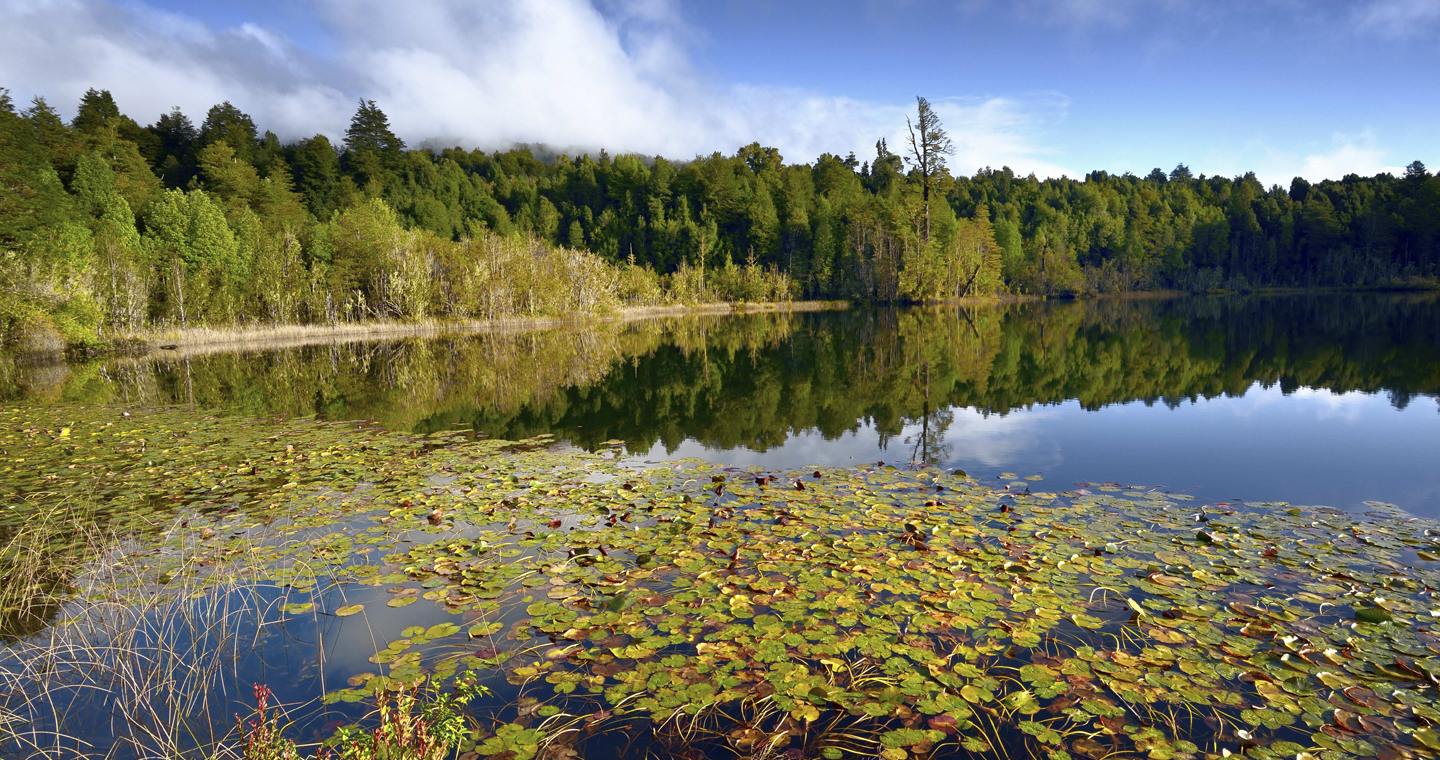
How could we omit mentioning this beautiful and well-known international border crossing point that connects the Argentinian tourist city of San Carlos de Bariloche with the beloved Chilean city of Osorno. From Chile, the route is the 215-CH and it is enabled for all kinds of vehicles.
This journey is so beautiful that it deserves to traveled with enough time to stop and visit some of its enchanting hidden corners, which both on the Chilean and the Argentinean sides it is breathtaking and surprisingly different depending on the season of the year.
If you depart in the city of Bariloche, the impressive view from the car´s window will be that of the Nahuel Huapi National Park, which features dense forests of tall native trees, a humid climate and the beauty that the south of the world is known for.
At 1300 m.a.s.l (4,265 ft.) you will find the customs office and quickly cross the border, encountering the Puyehue National Park as Chile´s beautiful receptionist. It is a magnificent national park, in Chilean territory, which is worthy of several stops in order to check out its viewpoints and contemplate its endless lakes, cascades and untamed nature.
Not to be missed are the towns of Ñilque and Puyehue, the latter being best known for its international tourism. There are several excellent hot spring centers and ski slopes at the Antillanca ski resort, to name a few activities. It is possible to go hiking and mountaineering in midst of ancient forests or simply rest in cabins and hotels located inside the Valdivian rainforest.
Your next stop can be in Entre Lagos, the most complete town in terms of commerce and services around Lake Puyehue, which is famous for its wonderful chocolates! Finally, we will wrap it up in the city of Osorno, where the annual Meat and Milk Festival, also known as the Osorno Festival, is held in January. It is a Music Festival that mainly presents national bands and singers.
Towards the outskirts of the city, specifically to the north and west of Osorno, there is another dazzling little town that offers amazing landscapes and is a great fishing site. We are talking about Rio Bueno, located 35 km (22 mi) north of Osorno, so if you are interested in fishing or in photography, this place is a Must!
We invite you to Cross Borders!

















